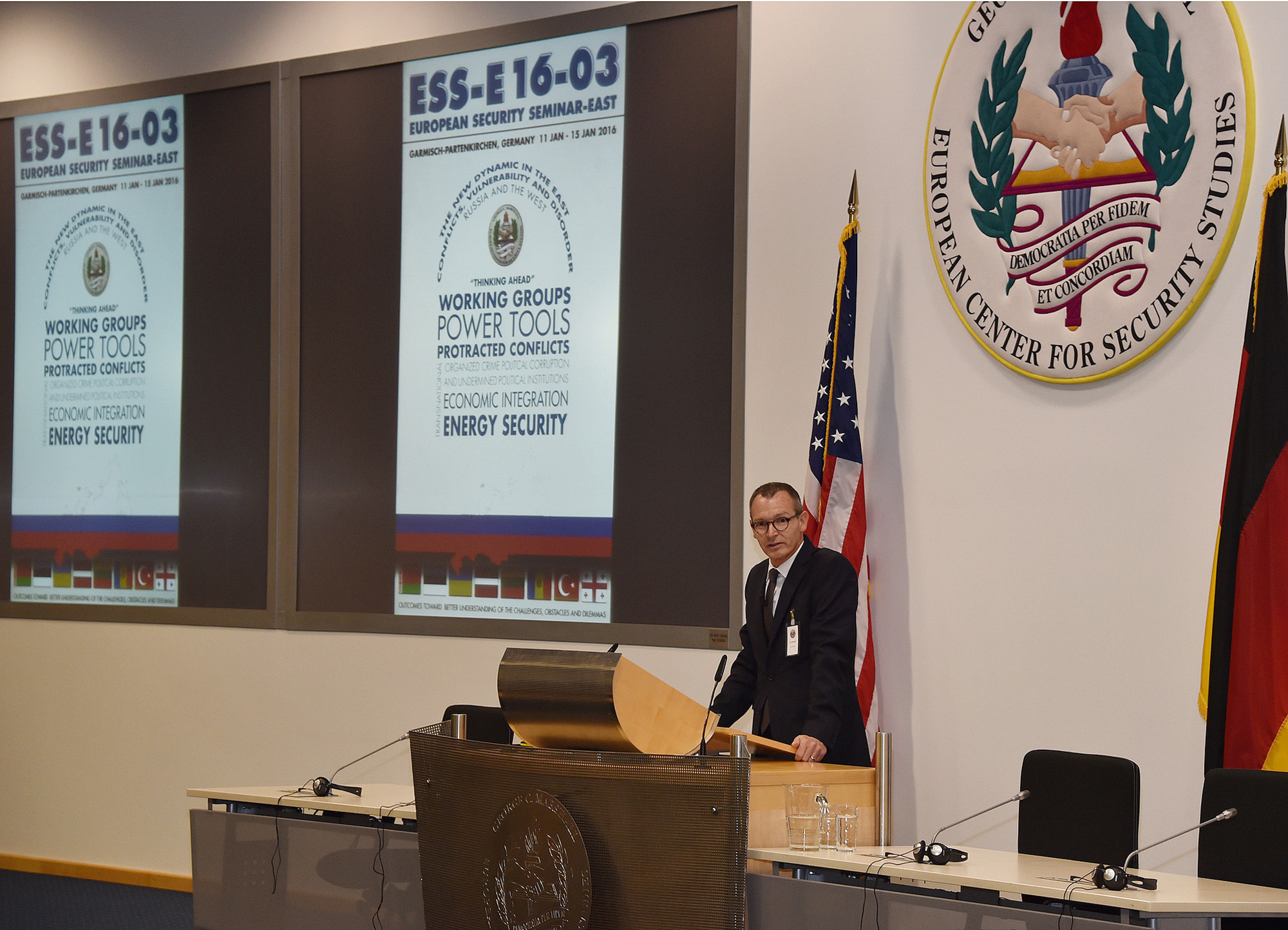By Sean Kimmons, Air Force News Service / Published January
12, 2016
WASHINGTON (AFNS) -- A day after the Air Force flew a B-52
Stratofortress over South Korea in the wake of their northern neighbor’s
nuclear bomb test, Air Force officers discussed the service’s nuclear
capabilities with policymakers Jan. 11.
The hour-long discussion, part of an ongoing series, touched
on North Korea’s Jan. 6 test and why the Air Force responded with a show of
force. It also delved further into the U.S. military’s triad system, which
deters a nuclear attack using strategic bombers, missile silos and submarines.
Organized by the Air Force Legislative Liaison Office at the
Rayburn House Office Building on Capitol Hill, the Air Force 101 sessions
inform policymakers on various topics.
“We don’t write policy. That’s not our job,” said Maj.
Justin Ballinger, a legislative liaison. “What we do is educate how the policy
and legislation affects us, and what we can do with what is given to us.”
The bi-monthly sessions cover “airpower from the ground up”
and hot topics such as a briefing on cyber security that had officers talk
about policies related to Air Force missions.
“They spoke on the things that the current legislation
allows us to do and some of the things that we’re handcuffed with,” Ballinger
said.
The sessions by the liaison office, which Ballinger
described as an arm of the executive branch, also save time and energy to
highlight Air Force matters.
“The more folks we can reach out to and educate, the better
returns we get when it comes to responsiveness for policy and other issues,” he
said.
At the latest session, three Air Force officers spoke to
about 60 policymakers on nuclear operations -- an issue recently thrusted into
the spotlight.
“It gives us an opportunity to build that initial foundation
for a lot of them,” said Maj. Nathan Perry, the chief of airborne capabilities
for Air Staff 10 that handles the service’s nuclear mission. “If a handful of
them left this door smarter than they were when they walked in on nuclear deterrence,
then mission accomplished.”
To Perry, who has flown B-2 Spirits, the session was a
unique chance for him and others to communicate in person with policymakers who
may alter the future of nuclear operations one day.
“For us to be able to say that we are credible and reliable
all the time,” he said of nuclear deterrence, “we have to be able to correspond
about it, talk about it and prove it.”
Allowing Capitol Hill staffers to interact with Airmen
who’ve had prior experience on a specific issue may also indirectly shape new
policy.
“Being over here talking and sharing our experience, we
absolutely influence the process,” said Maj. Stephen Bonin, a senior emergency
actions officer with the National Military Command Center who once served as a
missile maintainer.
The goal of the sessions is to improve the decision making
of policymakers.
“I can’t tell you what the composition of the triad should
be or how many weapons we should have,” Bonin said, “but I can tell you all the
information so you can make an informed decision.”
Eric Mattson, a Hill staffer who works for U.S. Rep. Derek
Kilmer of Washington, said the session helped expand his knowledge on nuclear
capabilities.
“As I work here there may be a time when I will work with
this kind of policy,” Mattson said. “I think it’s important for us as
policymakers to know what can be done better.”
One aspect that the Air Force is pushing to modernize is its
aging aircraft, of which many are part of the triad system. In October, Air
Force officials awarded a multibillion-dollar contract to build 100 long range
strike bombers to replace legacy bombers, such as B-52s that are more than 50
years old.
Bombers play a critical role in nuclear deterrence since
they’re easily visible, unlike submarines or intercontinental ballistic
missiles.
The low-level flyover of the B-52 and fighter aircraft only
a few hours from the demilitarized zone of the Korean Peninsula was a prime
example.
“That’s what the bomber portion gives you,” Perry said. “It
allows the whole world to see that we’re getting it done. It’s definitely a
game of chess and it takes a lot of work.”
How the Air Force will evolve and continue its nuclear
deterrence mission will be up to those making legislation.
“You need to take a serious look at what is the strategic
narrative that we want to push for some of these capabilities,” Perry told the
policymakers. “Please help us use our capabilities to do what we need to do.”










